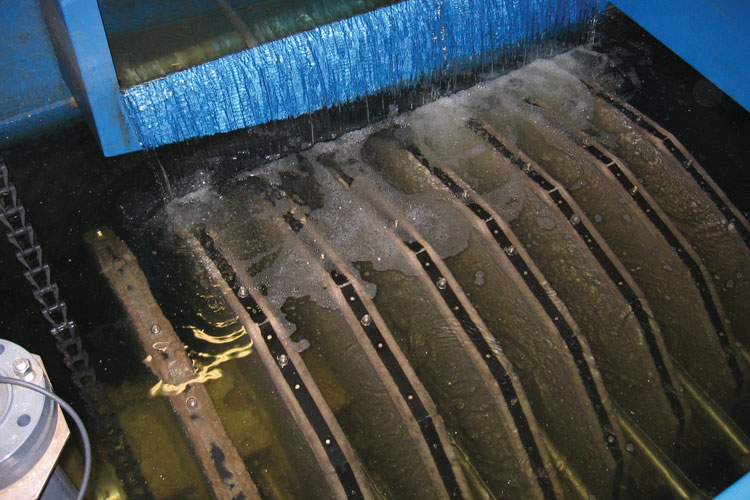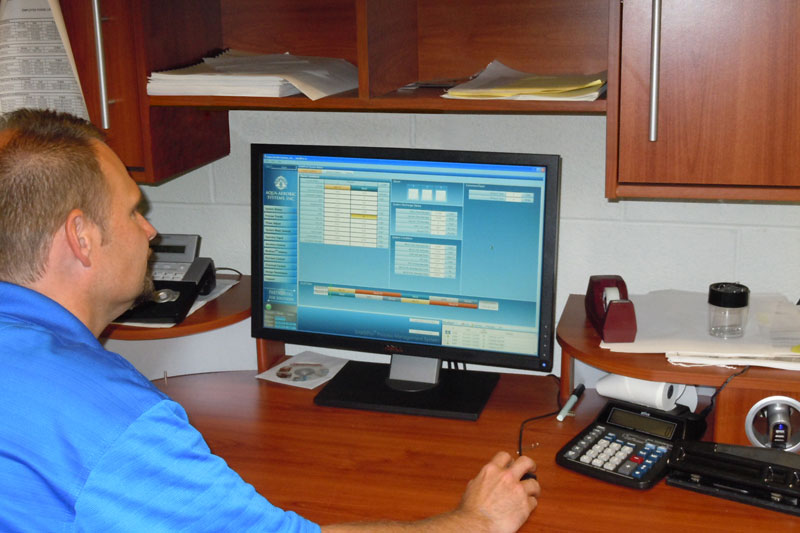Phosphorus Removal
Based on the Nutrient Management Research by the EPA, excessive nutrients continue to be a leading cause of impairment of lakes, rivers and coastal waters in the United States. In response, wastewater discharge permits are getting more stringent in the US, with plants around the country facing unprecedented requirements to attain ultra-low total phosphorus (TP) effluent concentrations. Wastewater treatment technologies such as optimized biological system, tertiary filtration and chemical addition can be implemented to different degrees to meet these requirements.


